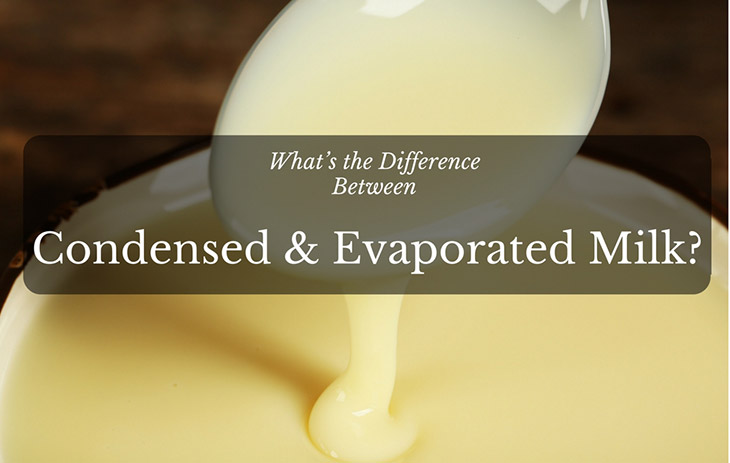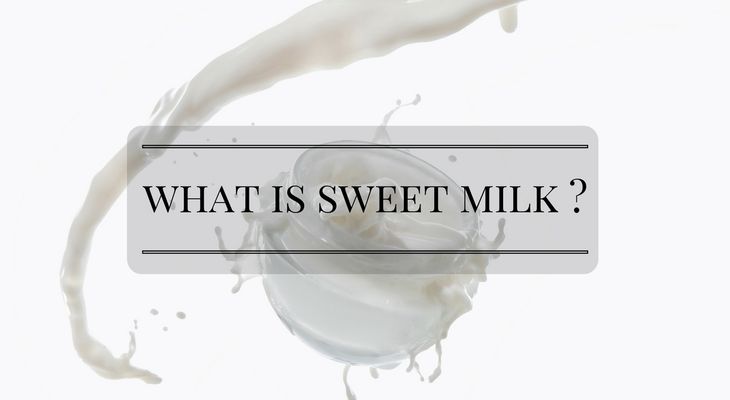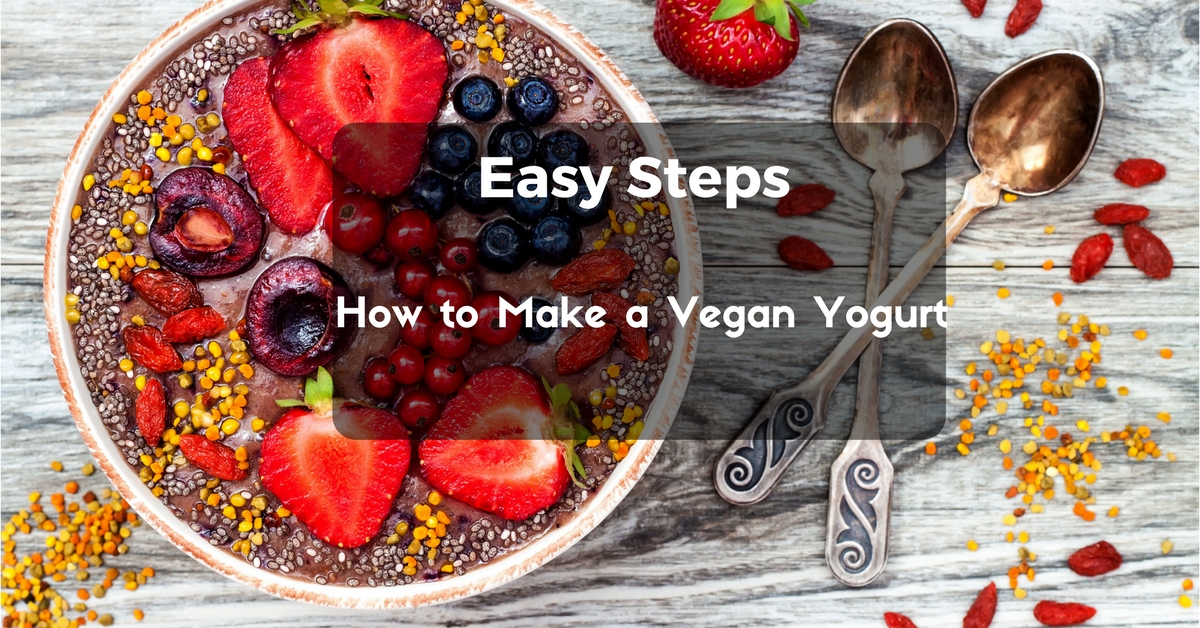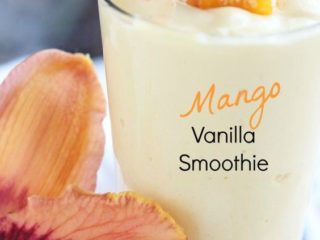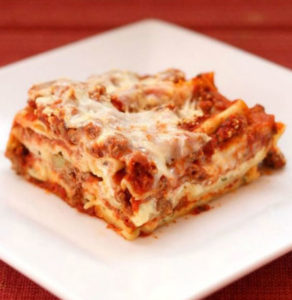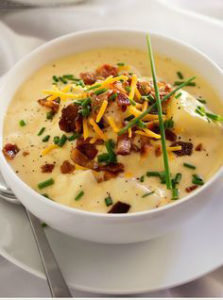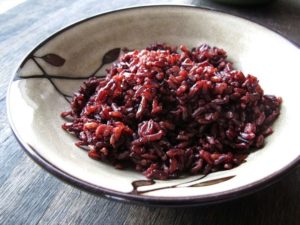Coffee is the caffeinated beverage enjoyed by millions, if not billions, worldwide. The ubiquity of corporate coffee shop chains combined with a resurgence of smaller cafés and home brewing options has made the average person's choices nearly endless. To further the coffee conundrum, coffee can be as complex as wine.
With so many choices available, there are a lot of questions to be answered. What are the differences between various brewing methods? What does roasting do to the beans? Does the area in which the coffee was grown affect flavor? In the age of personal choice, every detail counts.
More...
Brewing Techniques
First, we will look at the ways coffee can be brewed. If you brew at home, this is the main limiting factor in which bean suits your needs. Each method requires different equipment and grind (between fine and coarse) of bean.
Indian coffee is made from powdered coffee and a boiled mixture of milk and sugar. Powdered coffee is different than the more common instant coffee you may be familiar with. You cannot make this with anything but powdered coffee, so roast and bean selection are off the table.
You will only need a pot to boil the ingredients in and a deep cup to make the definitive froth. The trick is in producing the best froth; this takes some practice, so I recommend watching the video included at the end to see the technique at work.
Turkish coffee requires the finest grounds available to be simmered in a specialty pot. The unique aspect here is that the coffee is served with the grounds settled at the bottom of the cup.
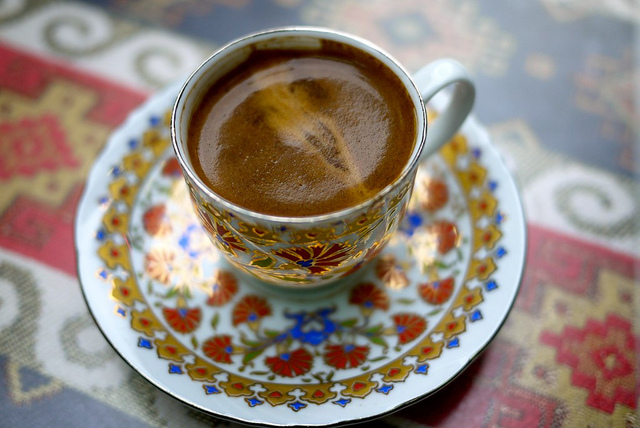
Most commonly served with sugar, but not milk, Turkish coffee is prevalent in the Middle East as the standard coffee preparation. This is another skill based coffee preparation, so you should practice a few times before serving guests.
Espresso and its derivative drinks are most often associated with high end coffee shops. Cappuccinos, caffé mochas, and caffé americanos (among many others) all contain espresso as their base. This is second finest grind for coffee, as it is made by forcing a small amount of water through the grounds at boiling temperature.
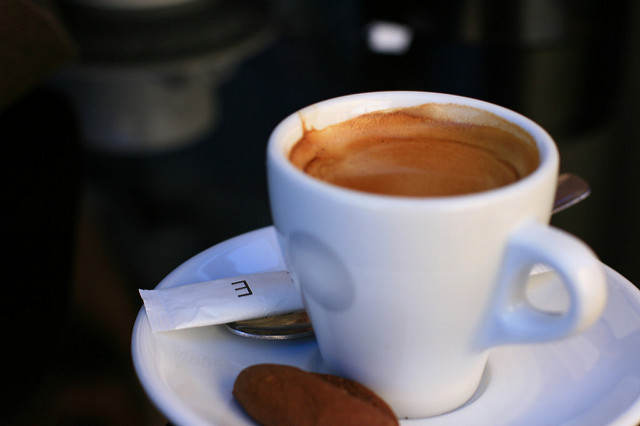
There is virtually no difference between handmade and machine-made espresso besides price of equipment; a stove top espresso maker is by far more economical than the larger machines.
Drip coffee is a semi-coarse grind made for automatic coffee machines (think Mr. Coffee). The brewing happens by way of a continuous stream of boiled water filtering through the grounds at a steady pace.
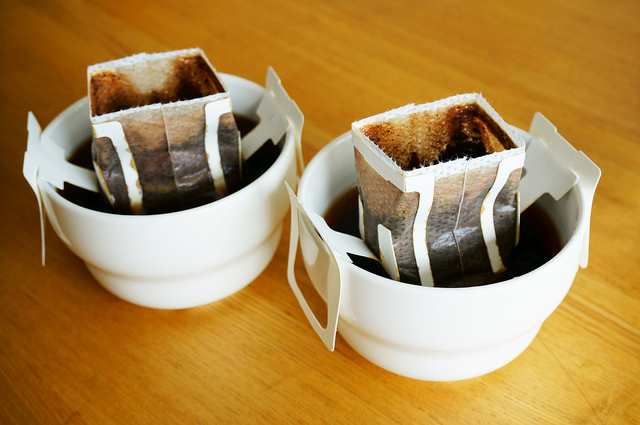
Drip coffee always requires a machine and particular filters for the machine to operate correctly.
Gravity filtered coffee needs the coarsest grind. The grounds are put into a paper filter and boiling water is poured on top, letting gravity pull the water though the grounds. This is my personal preference for coffee as it allows for the best control.
You need a coffee pot, a conical filter holder, filters, and a kettle for gravity filtered coffee. It takes a few test pots and a little patience to really make this method worthwhile, but I wholeheartedly advocate taking the time to master this technique.
Roasting And Bean Selection
Completely apart from preparation, roast and bean selection is at least an equal factor in determining what coffee best suits your tastes. Besides differences between roasts, there are regional differences that affect how coffee tastes.
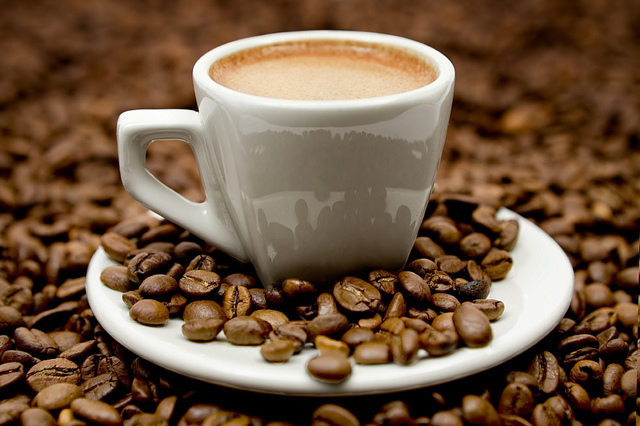
Roasts
- Light - The mildest and most acidic of all roasts, this type appears as light brown in color with no oil on the surface. The tastes of the bean are preserved best in light roasts. If you want the most caffeine per cup, this roast is for you.
- Medium-dark - Dark brown color characterizes this roast, along with some oil on the surface of the beans. The body is heavier and the bitterness is more pronounced. This is my personal favorite, as it mixes decent caffeine content, mild roasting flavors, and great bean flavors.
- Dark - For the bravest of souls, dark roasted coffee has a very heavy body with a sometimes smokey flavor. The beans appear black and have considerable oil on the surface. Caffeine content is significantly decreased, and bitterness is maximized.
Regional Differences
The National Coffee Association has compiled a wonderful guide on this subject, if you are so interested. Most companies control for these regional differences for consistency, but many shops offer coffees from one specific area.

Generally, each region has a preferred roast. So if you think you've found the right roast for you, try experimenting by growing region to find something new or different.
Colombian coffee can be aromatic and slightly sweet. Brazilian is generally pleasing, with a medium feel, sweetness, and low acidity. Yemeni coffee has a unique, rich flavor, generally defined by Yemen's main port: "Mocha." My personal favorite is Ethiopian coffee, which can have distinctive orange flavors and a medium feel.
A World To Explore
The best thing to do is to find your preferred roast first, then narrow your selection by trying variations of that roast by region. With such incredible depth in the world of coffee, there's always a new combination of bean, roast, and brewing method to try.
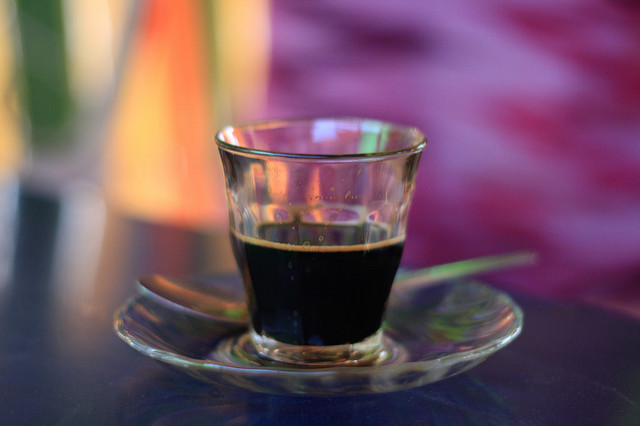
A good practice is to brew black coffee by your preferred method, carefully measuring the amount of grounds used each time. That way, you can ensure a consistent comparison between brands or roasts.
Personally, I am a solid advocate for straight black, medium-dark roasted Ethiopian coffee by gravity filter. Comment below with your favorite tips, tricks, and techniques to share the wealth of coffee goodness.


